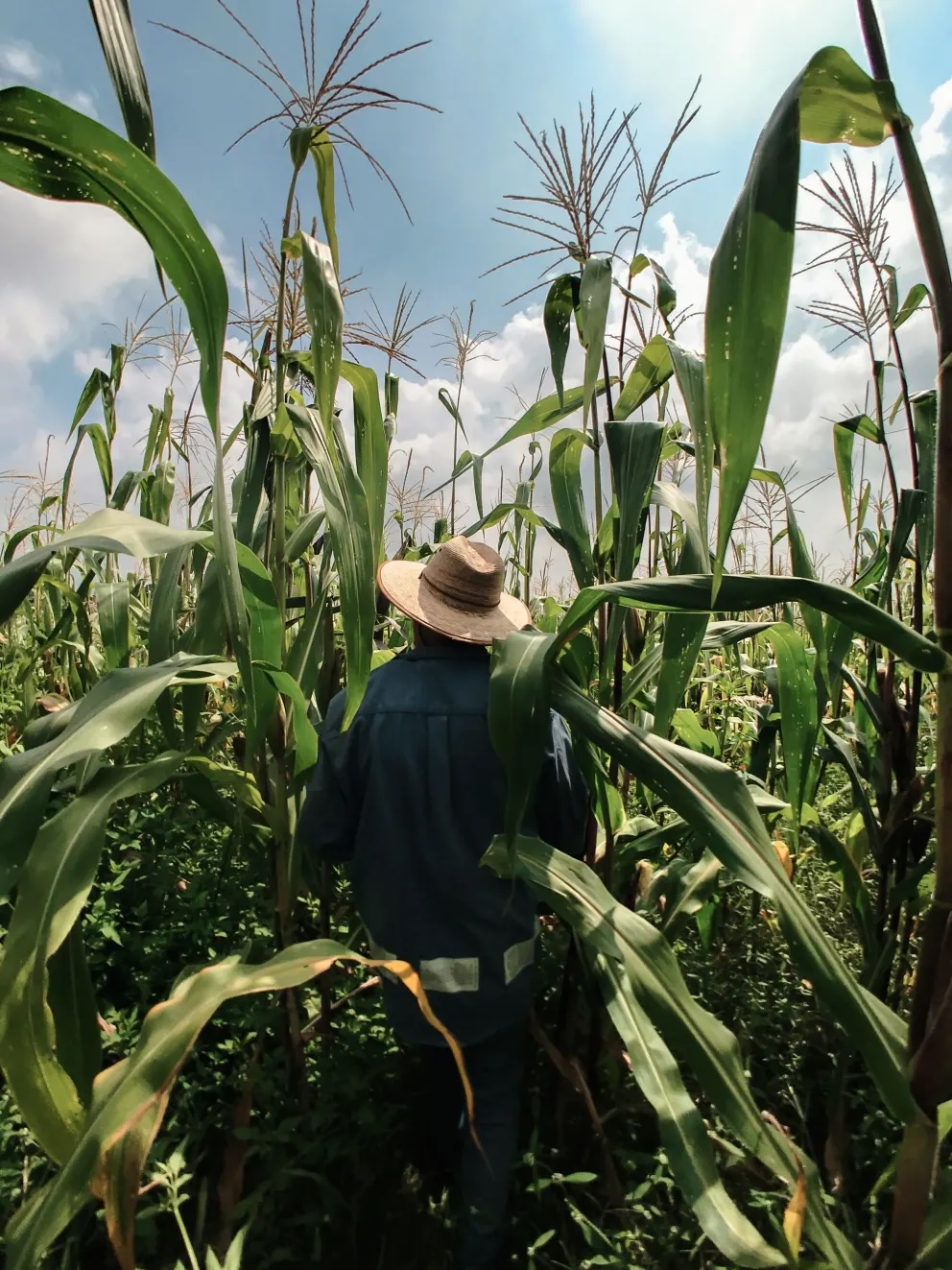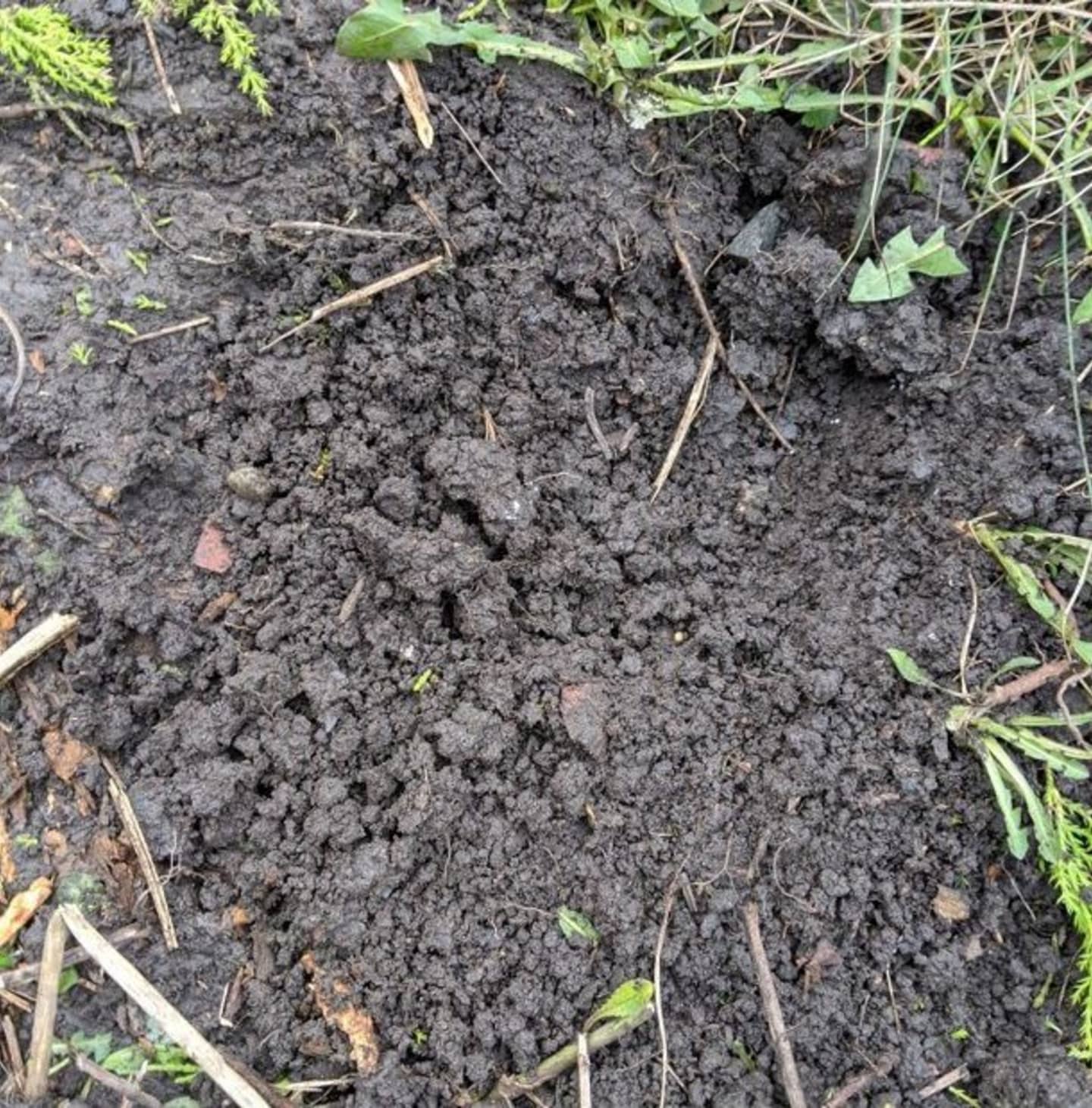BetterSoil Methodology
Sustainable agriculture / Conservation and biodiversity
The BetterSoil Methodology addresses soil degradation by improving soil fertility, increasing yields, enhancing water retention, biodiversity and climate resilience, and reducing chemical dependency for smallholder farmers.
Contact

betterSoil
Company Established Year
Who is this solution for
Info
Available



Looking


Project Status
Looking to expand internationally
Doing business in
Awards and certifications
ESA BIC Baden-Württemberg
Funded by European Space Agancy Business Incubation Centre Baden-Württemberg
Google Startups for Sustainable Development
Part of the Google programme Startups for Sustainable Development
Product description
The BetterSoil Methodology is a comprehensive, hands-on approach to soil regeneration designed to increase biodiversity, water retention, carbon storage, and food security.
It integrates four key principles: soil management, composting, biochar and agroforestry.
A healthy soil is strong, fertile, and full of life. betterSoil shows you that everyone can help improve our soils. Higher quality of soil increases yields and protects the climate and environment. Whether you're in a small garden or on a large farm, you can increase humus content in your soil with betterSoil's four principles: soil treatment, compost, biochar, and agroforestry.
BetterSoil provides training, implementation support, and long-term guidance to ensure the sustainable adoption of these practices.
The methodology is currently being implemented in Europe and Africa, countries like Kenya, Ethiopia, Burkina Faso, France and Germany, with plans for expansion.
It is grounded in scientific research and practical testing, offering scalable impact in terms of both climate mitigation and socio-economic resilience. This solution not only addresses ecological degradation but also empowers communities to become active agents of environmental change.
Key characteristics and environmental benefits
Key Characteristics
-
Integrates composting, mulching, agroforestry, green manure, and organic farming
-
Designed for smallholder farmers and adaptable to local conditions
-
Builds on traditional knowledge and practices
-
Increases humus content and overall soil fertility
-
Reduces dependency on synthetic fertilizers and pesticides
-
Provides training and long-term implementation support
-
Scientifically grounded and field-tested
-
Scalable and cost-effective for rural communities
-
Promotes community-led ecological stewardship
-
Applicable in diverse climates and geographies
Environmental Benefits
-
Improves soil structure and long-term fertility
-
Enhances water retention and reduces erosion
-
Increases biodiversity above and below ground
-
Boosts carbon sequestration in soils
-
Supports climate change mitigation and adaptation
-
Reduces greenhouse gas emissions from chemical inputs
-
Strengthens resilience to drought and extreme weather
-
Decreases land degradation and desertification
-
Promotes healthier ecosystems and natural cycles
-
Contributes to sustainable food systems
About the Company
Ask about BetterSoil Methodology
Hi there! I’m here to help you quickly understand what this green solution is about — without needing to read the full page.
You can ask me things like:
- What problem does it solve?
- How does it help the environment?
- What makes it different?
Let’s explore together!
You can try asking:
Oops, it seems like you're not a member.
Sign up! It's free. You'll be able to read all the articles you like, download PDFs, and get in contact with the respective owners.
Have an account already? Sign in here


